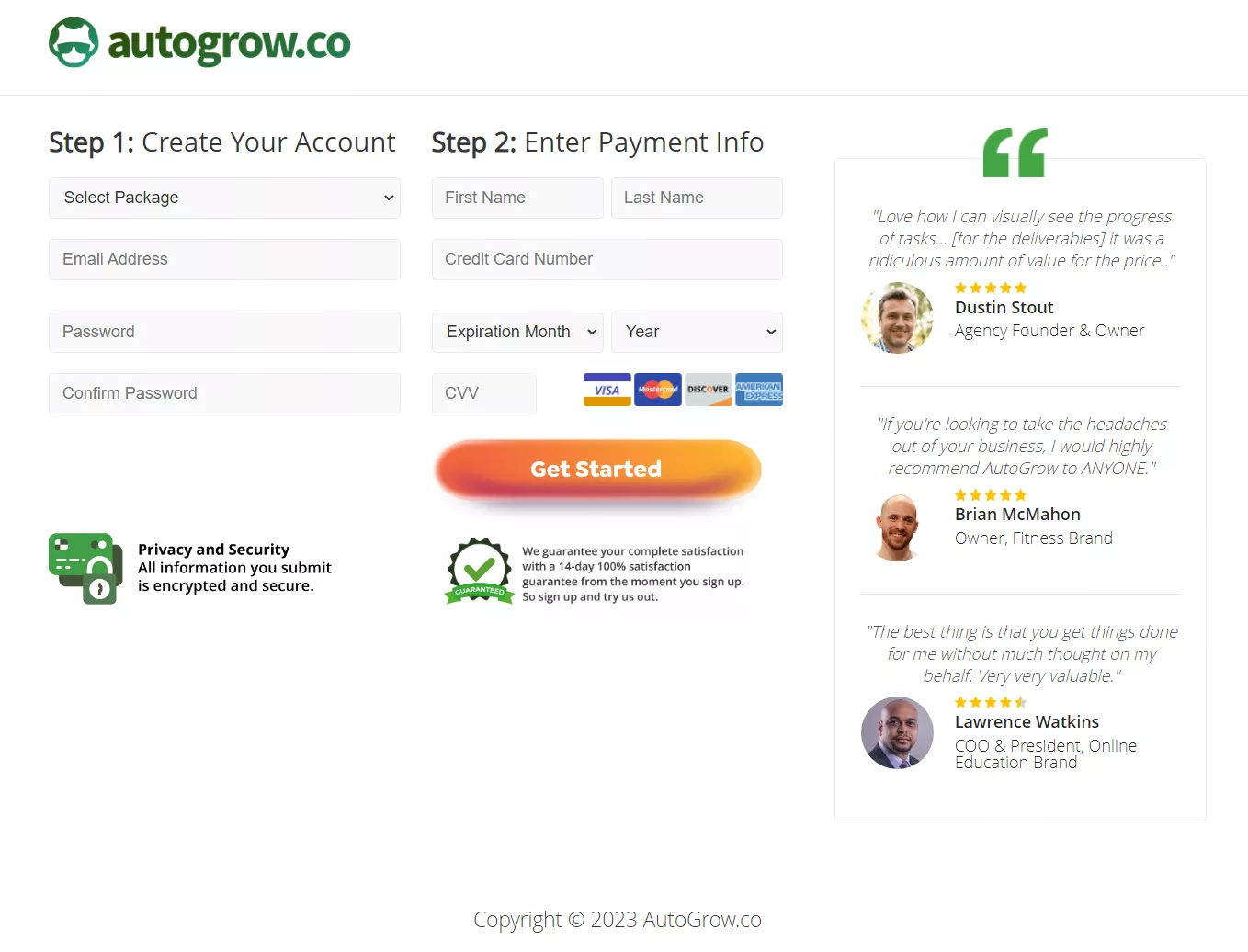13 Killer Tips to Ask for the $ale in a Cool Way & w/o Pissing Off Prospects
To get what you want in business and in life, sometimes it's useful to think in terms of opposites: what do you not want?
Well, here's a fact: if you don't ask for the sale, you won't make the sale.
Because literally, if you don’t ask for the sale, you will never make the sale (duh!).
That's what most business owners get wrong. They don't even ask for the sale .
This is exactly why today, we’re focusing on the killer tips that will guarantee you close the sale in a cool, non-salesy way (once you actually ask for the sale).
With this article, you’ll learn:
- The 13 proven tips to ask for the sale without being pushy or annoying.
- The best tactics we’ve followed here at AutoGrow to close more sales that’ll guarantee you a YES.
- And all the steps to take before you actually pop the question.
I’m confident you’ll master the art of asking for the sale—because if you don't, someone else will(!). And all you need to start doing is...

Tip #1 to Ask for the Sale: Qualify Your Leads & Weed Out the Ones That Will Likely Say No
Part of asking for the sale is to actually qualify your prospects first.
You see, a lot of the hard work behind asking for the sale comes from filtering out bad leads.
This process is nothing but weeding out leads who aren’t going to be a fit for your products or service.
And then, the ones that are a good fit for whatever it is you’re selling, are the ones you want to engage with and ask for the sale.
You see, 57% of B2B companies say converting qualified leads into paying customers is a top priority according to MarketingSherpa.
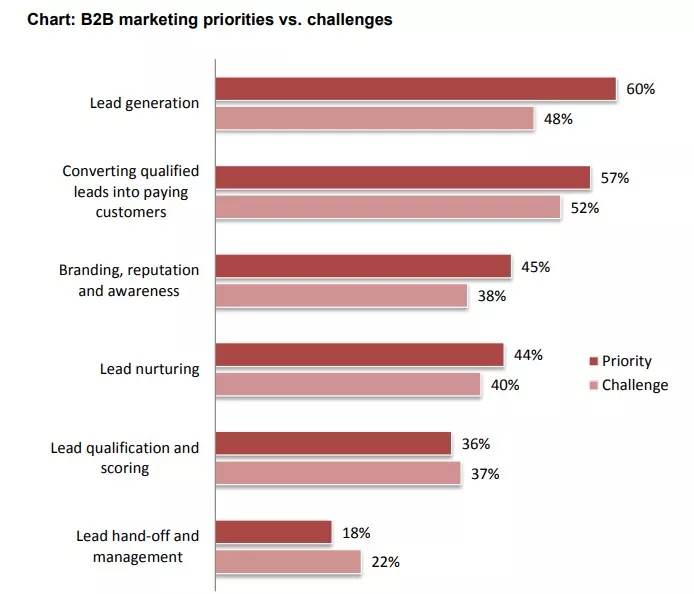
But when you qualify leads before getting on the call with them, asking for the sale on the call will be a lot easier.
And you already know that the best strategies for qualifying leads are:
- Asking the right qualifying questions
- Creating an engaging demo video
- Building an FAQ section into your sales page
- Surveying the leads who got away from your funnel
- Setting a clear price point
- Being blunt about the basics
- Calling out the industries that are a good fit—and the ones that ain’t
By following these strategies, you’ll be able to qualify leads and filter out the bad ones before you even get on the phone.
And if your prospect doesn’t fit your ideal customer or client profile, then NEXT.
You shouldn’t waste your time getting on the phone or sending out further email outreach campaigns to people who won’t ever end up buying.
And since your time is precious, this next tip is...
Tip #2 to Ask for the Sale: Don’t Waste Your Time & Talk to the Decision-Maker (or Whomever Has the Final Word)
To actually get ready to effectively ask for the sale, you need to speak with the right person: the decision-maker.
So once you've qualified your leads and know you've already connected with the right prospects, it’s time to talk to the actual decision-maker.
Don’t waste your time talking to someone who doesn’t have the authority to close the deal.
Because most people who are in charge of closing sales are “trained” to say no.
They’re trained to just listen to your pitch and then get back to their boss for a final say.
And what’s problematic about this is that many times, these "non decision-makers" aren’t going to “sell” your solution to those higher ups like they should.
And if you can actually get in front of that decision maker, you’re going to be much more likely to get their buy-in.
So always try closing the sale with the C-suite executive in charge.
You know? the person who signs the checks and would say yes to your sales pitch without having to consult the decision with anyone else.
So make sure you’re not dealing with an entry-level person or assistant.
Ask to meet with the decision-maker to review your proposal before you even begin your call with them.
Tip #3 to Ask for the Sale: Don’t Be Afraid of Rejection & Be Confident—a “No” Is Where the Sale Starts
We’re naturally hard-wired to fear rejection. It’s only human.
But when you work in sales, you must overcome this fear. Because you’ll get rejected, laughed at, and/or ignored some times. Even if your products or service are the greatest.
But I totally get it. It’s tough.
Especially in sales when someone laughs at your product or service—that business you proudly built from scratch and expected everyone to love.
It’s hard to deal with rejection, yes, but not impossible.
And the first thing to do here is to be confident.
Confident about yourself and your product or service.
You can follow one of our proven-to-convert mind-hacks to be confident when pitching your sale: boosting your self-image.
So if you built your product or service from scratch, no one will sell it better than you. It's that simple.
But if someone rejects your product or service, that doesn’t mean they dislike you as a person. It probably means you didn't do that great of a job asking for the sale.
So if you hear a “no”, that may mean the buyer doesn’t need or want your product or service BUT don’t let that discourage you.
Instead, take it as a lesson.
How can you sell better? Were they even the right type of customer for your service? What kind of feedback did they give to help make your business stronger? And most importantly ask yourself: "Did I ask for the sale at all?"
And never take rejection personally.
And now that you’re confident and know how to deal with rejection, let’s move to the next tip...
Tip #4 to Ask for the Sale: Be Prepared for Handling Any Sales Objections (Don’t Put That Sad Puppy Dog Face If You’re Rejected)
Ok so, you don’t only need to be mentally prepared for rejection.
You must also be prepared for any sales objection in general that your potential buyers might have.
But what does this mean?
This means that as perfect as your product or service is, your prospects are still going to have objections to buying whatever it is you’re selling. It's normal.
This happens no matter how great your product or service is.
People are still going to come up with reasons or excuses (valid or not valid) not to purchase your products or service.
In fact, Bit.ai found that a whopping 96% of your visitors simply aren’t ready to buy when they land on your website.

And this happens specifically with high-ticket products and services.
Because people are going to be even more wary of investing large amounts of money in products they’re still unsure about.
That’s why I recommend being prepared to address and handle sales objections by following these sales strategies to close 481%+ more high-ticket sales.
For instance, these are the most common sales objections you could come across with:
- “Your product/service is too expensive”
- “Now is not the right time for me to buy”
- “I need to check with other stakeholders”
- “I don’t think this will work for us”
- “We are going to go with X competitor instead”
And these are the best tactics to use to handle those objections:
- Take a breath before addressing objections
- Practice active listening
- Avoid monologuing and keep the flow going
- Respond to leads quickly
- Be persistent with your contacting
- Ask plenty of questions
- But don’t ask too many questions
Ok, now that you’re prepared to handle sales objections, let’s talk about social proof…
Tip #5 to Ask for the Sale: Share Your Social Proof for Prospects’ Peace of Mind
Social proof is a salesperson’s most effective tactic for addressing sales objections and for setting the foundation before asking for the sale.
Social proof is any type of content that shows other people like your prospects have bought your products or services and that what you say about them is true.
That’s why we have social proof all over our website including our checkout pages.
For example, in this case study analyzed in our Proven Sales Conversion Pack, an eCommerce company added a testimonial widget directly below their add-to-cart button.
And the result was a 58% increase in sales (before is on the left, after on the right).
Before

After
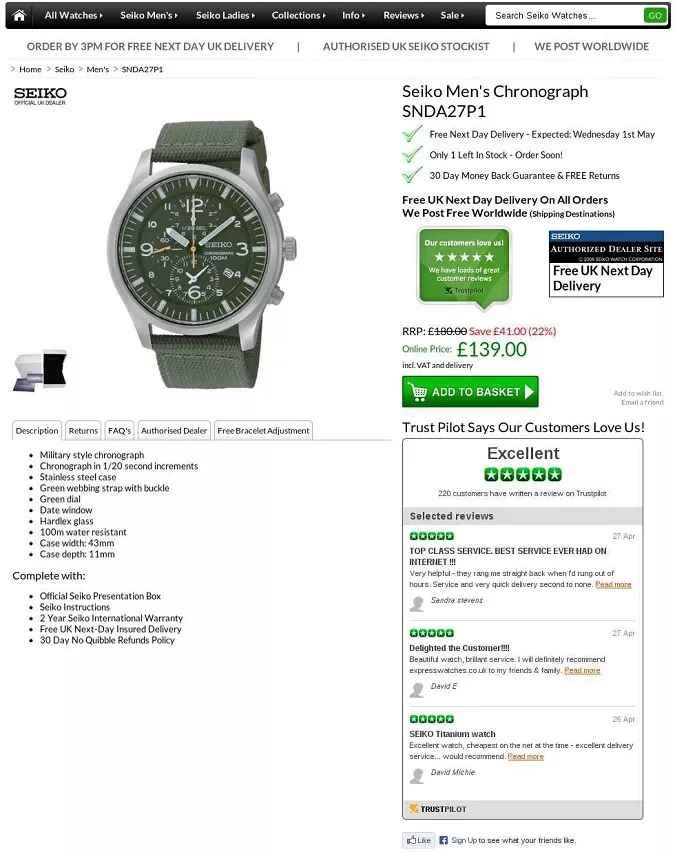
And here’s a company that used super-simple vanity stats in the form of social media followers to dramatically grow their leads and sales…
Before
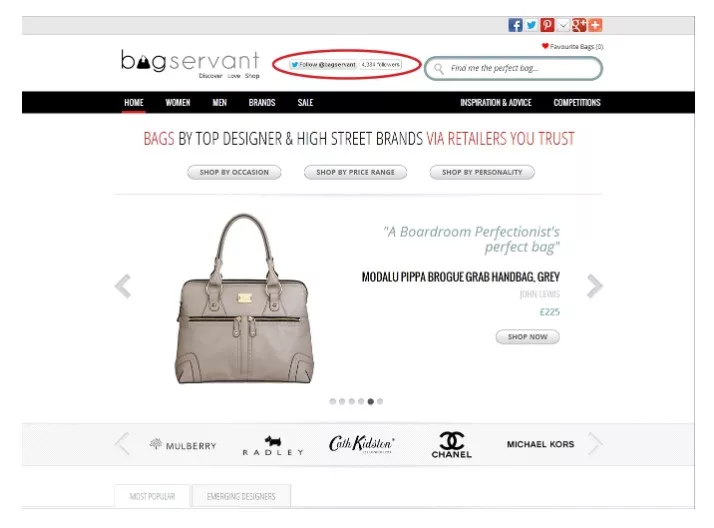
After

In this case, by simply adding a count for the number of Twitter followers to the navigation bar of their site, the company’s conversion rate increased by 72%.
You see, none of your potential buyers want to feel “tricked” or waste their money or time on something they’re not 100% sure about.
And that’s where social proof comes in to “lubricate” your prospect’s decision making.
People who want what you’re selling but are skeptical or afraid, naturally want some proof.
They want proof that you can provide the benefit you’re promising.
For instance, case studies, testimonials, vanity stats, and more will give your prospects some peace of mind.
However, pay extra special attention to case studies of buyers who were facing the same problem as your current prospect.
Because using case studies can increase sales by 185%.
And this will help show that, yes, this product is in fact perfect for them.
We actually included an on-page (summarized) case study we used with the launch of our 6-Figure Sales Funnel Training on this info product’s landing page.
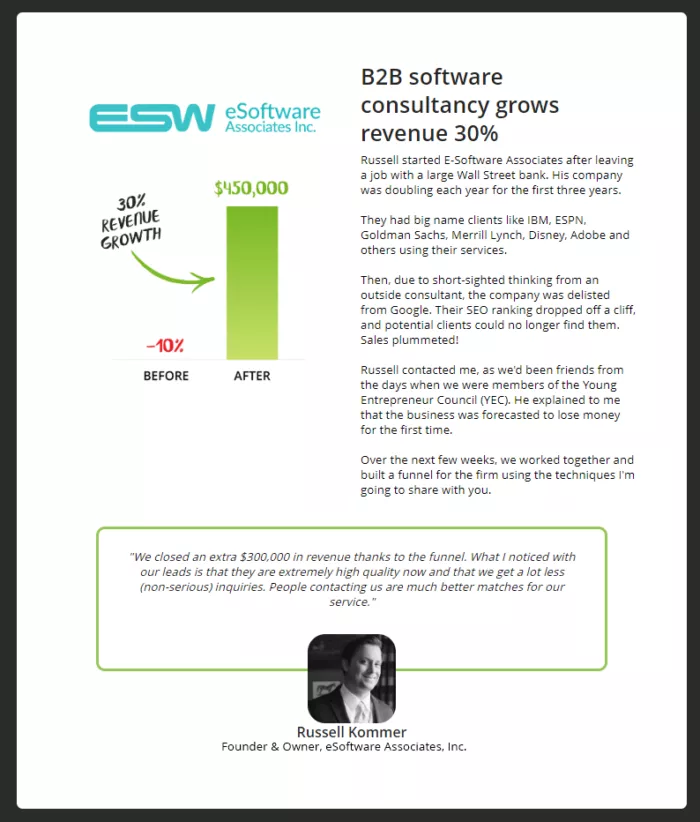
And although I didn’t AB test it, I knew this particular case study would have a positive impact and work well on our landing page.
I knew this because many of our customers of the training at that time were marketing consultants / agencies, or even software agencies.
And it’s exactly why we have such a diverse range of industries in our clients.
See?

Tip #6 to Ask for the Sale: Listen to Your Potential Buyers’ Needs—Their Feedback Can Help You Improve Your Product or Service
The only way you can successfully get your prospects to buy is by figuring out who they are and what they want.
Now, the question is, how exactly do you do that when it comes to refining your sales pitch?
Well, one way is by actually taking a step back and listening to how you present it.
And this is actually one of the proven sales tips we at AutoGrow always follow.
For instance, Sales Hacker found that the bottom 20% of salespeople spent over 65% of conversations pitching their products.
But the top closers spent just over 40% pitching—the rest was spent listening to their customers.

So this data shows that listeners are actually more successful in handling objections in sales and closing.
And on top of listening to your prospects, make sure you ask questions too.
In fact, Sales Hacker found that as sales reps asked more questions, their success rate actually rose too.

But all that being said, you don’t want to ask too many questions either.
Sales Hacker actually found that after 11-14 targeted questions per call, the success rate of the sale will actually drop.
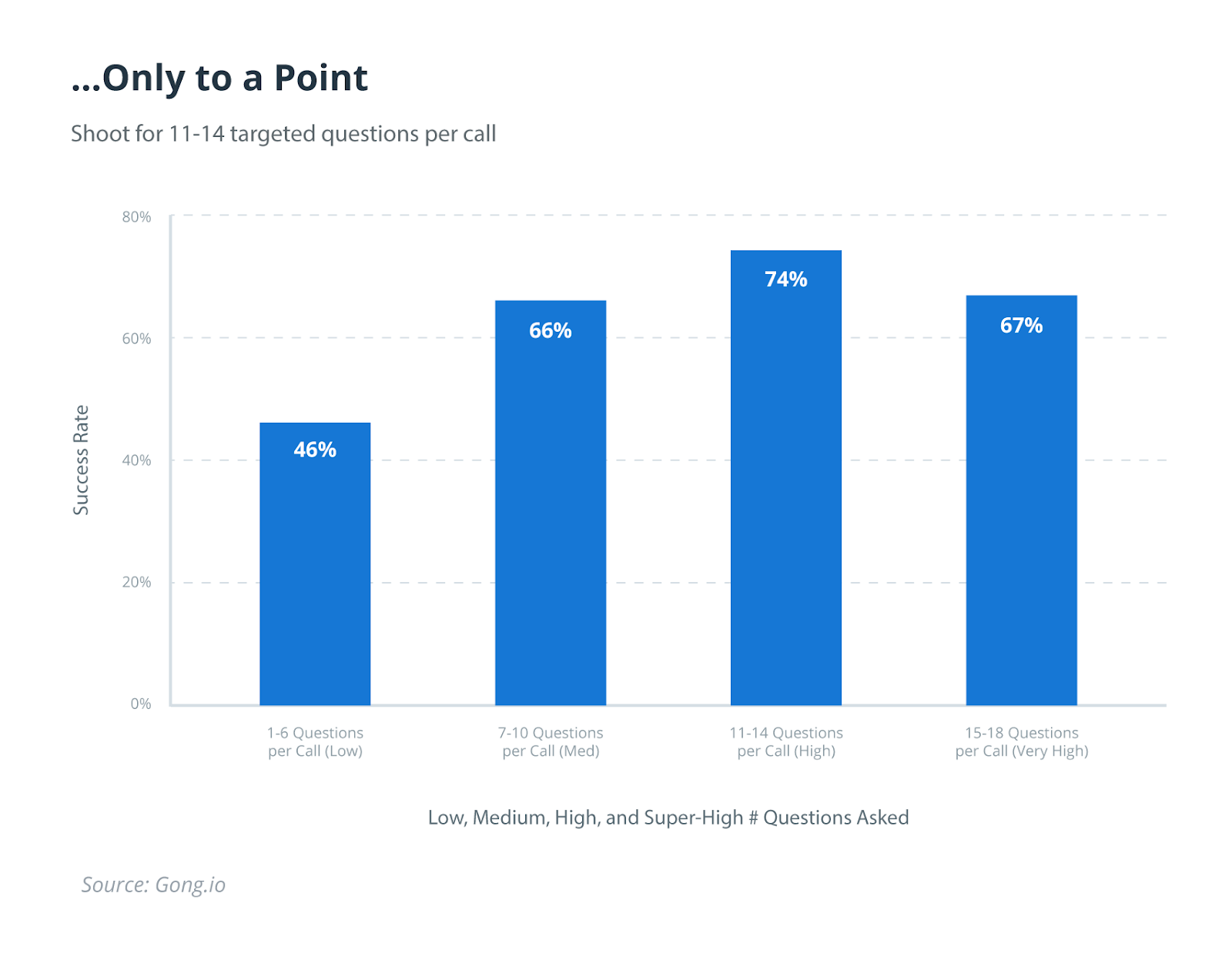
And that’s because customers want to be treated like people, not just sales numbers.
And what your prospects have to say about your products or services can help you improve whatever it is you’re selling.
Because although they haven’t tried your products yet, user feedback can grow your sales by 71% (it’s happened to us).
Alright. It’s time now to know when exactly to ask for the sale.
Tip #7 to Ask for the Sale: Know When to Make the Move
Part of asking for the sale is knowing when to do it.
Not every single moment spent on your sales call will be a good moment for it.
Why?
Because the idea of a sales call is not just to close the sale but to evaluate if your product or service can and will solve a pressing problem for your prospects.
Thinking that every moment is the right time to ask for the sale is like thinking that you can close the sale with everyone.
So to find that perfect moment, suck up all the information you can from the prospect during the call.
The information you find may or may not seem directly relevant to your upcoming discussion, but it will give you the green light of when to ask for the sale.
So pay attention to the positive signs that your prospect gives you.
Tip #8 to Ask for the Sale: Don’t Wait for the Prospect to Make a Move
If you cannot, will not, or do not ask for the sale, guess what?
Someone else will!
So don’t wait for a miracle to happen. You gotta go for it.
Don’t wait for the prospect to actually tell you “Hey, it’s not necessary for me to listen to your sales pitch, I want to buy your products right now.”
Ideally, that would be the perfect scenario but it rarely happens .
So don’t wait for the potential customer to make a move. You do it first!
And when you do make the move and finally decide on asking for YOUR sale, avoid using negative words or phrases like “Unfortunately, no …” or “I’m sorry” that could scare off prospects.
Instead use these powerful words...
Tip #9 to Ask for the Sale: Use the Words That Sell
Let’s talk about some words that will boost your close rates and gain the trust of your prospects.
“Because”
Using this word is a great tip for closing sales.
In 2012, psychologist Ellen Langer conducted a study where an experimenter made a request to strangers using 1 of 3 different lines.
The second 2 lines included the word “because,” explaining why the request was made.
The first line without “because” only had a success rate of 60%. The second and third, both using the word “because,” had success rates of 93% and 94%.
Langer concluded that the simple addition of the word “because” was the key to getting strangers to comply with the request.
“Save” & “Free”
While “discount” may lower the value of a product in the prospects’ eyes, hearing about an opportunity to save money will reel them in.
Any opportunity to save money while solving a problem is something both new prospects and pre-existing clients want to hear about.
“Now”
Using the word “now” when talking about your product or service creates urgency.
“Now” belongs to a group of words and phrases that are called “Action Words”—terms that are particularly good at driving action in your buyers.
CoSchedule actually put together a list of their own action words which are ripe for writing clickable CTAs. Check them out below.

Action words like “now” give a little push to your prospect to move forward.
By helping your prospect understand that you can solve their problem now, you’ll help them make a decision sooner rather than later.
And the longer they wait, the lower and lower your chances are of closing the deal.
Tip #10 to Ask for the Sale: Pitch Your Solution, Not Your Product or Service
Don’t go into long, drawn-out explanations of how your product or service solves any pain points or problems to your prospects.
Do it (explain how your product or service solves any problems) but be concise.
You see, the success you have in your sales isn’t as much about what you’re selling. It’s more about you and how you sell.
In fact, a recent study by Science Direct confirmed that sellers are more persuasive when they believe in what they’re selling.
And if your product or service doesn’t solve a problem or fulfill a need for your prospects, then it’s not a sustainable option.
So you must focus your sales pitch on how your product or service solves a problem for your customers. Not the product per se.
When asking for the sale you must do this because prospects want to learn more about your company.
They want to hear why you’re superior to your competitors.
They want your product or service to be the solution they’ve been looking for.
And you’ll establish rapport and loyalty by educating your clients about the value of your products or service and how they simply help them solve a problem.
For instance, always remind your clients of the value your service adds to them.
Always highlight the benefits of signing up or partnering with your business.
After all, even a perfect pitch for a perfect product or service can be ruined by poor handling of your buyer’s interests.
Tip #11 to Ask for the Sale: Assume the Sale
Always assume the sale.
Even if prospects are hesitant to sign up for your service or buy your product, never assume they’ll say no.
Instead, intentionally assume that the prospect has already said yes to the sale.
If you change your underlying thoughts about a possible negative response, you’re bound to get better results.
This technique works really well because it comes off as being professional and confident (as long as you don’t beg for the sale).
All you need to do is not misunderstand your prospect’s attitude, behavior, or words.
In other words, just because their face expression seems to say “I’m not buying from you” that doesn’t really mean they won’t.
So the only assumption you should make is that they will say yes.
For this, you can ask them at the end of the call: “Do you know which package you’d like to sign up for today?”
See how professional and annoying-less it sounds?
Tip #12 to Ask for the Sale: Give an Incentive & Add Urgency(!)
The fear of missing out(FOMO) on something is almost 2X as powerful as the feeling of gaining something.
People are more willing to take a risk or act on an opportunity to avoid a loss.
And as a marketer, business owner, or salesperson, you can use that natural tendency to your advantage.
One of the 313 conversion rate case studies analyzed showed how a company grew their revenue by nearly 25% just by implementing scarcity messaging.
Here are 2 of their CTA boxes before the change…
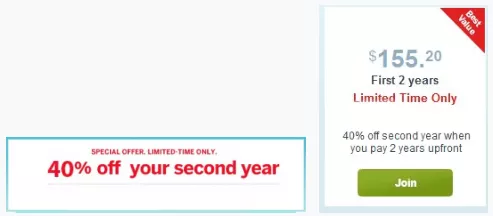
And here they are after…

By putting a hard date on the offer expiration, they saw a whopping 24.5% revenue growth.
So if you want to get more people to act on the product or service you’re pitching, give an incentive or add urgency to the prospect.
Tip #13 to Ask for the Sale: Congratulate Your Prospects Throughout the Process—Especially After Saying YES(!)
The same way you congratulate or thank prospects as they move down your funnel, you should do the same when you get on your virtual call with them.
Reassuring them and reinforcing the idea that they just took an important first step down your funnel is vital in nurturing the relationship with customers.
So go ahead and remind your customers and/or clients that they’ve just made a great choice by even considering listening to your pitch.
Conclusion
The idea of a sales call is not just to close the sale.
You’re looking to evaluate if your product or service can and will solve a recurring problem for your prospects.
That’s why asking for the sale is not just actually asking for the sale. It requires a series of steps or preparation in order to pop the question.
To review, here are the main points you learned with this article:
- If you cannot, will not, or do not ask for the sale, someone else will!
- A lot of the hard work behind asking for a sale comes from filtering out bad leads.
- Don’t waste your time talking to someone who doesn’t have the authority to close the deal.
- Know how to handle your prospects’ sales objections.
- Even a perfect pitch for a perfect product or service can be ruined by poor handling of a buyer’s objections.
- By listening to what your prospects have to say you can actually improve your products or services.
- If your product or service doesn’t solve a problem or fulfill a need for your prospects, then it’s not a sustainable option.
And now that you know that asking for the sale is about:
- Understanding your target customer
- Diagnosing their problem
- Understanding if that problem matches well with your solution
- And doing what is within your power to show the prospective customer “Hey, this could really help you, and here’s how”
...Tell me something, was this article helpful to you? Do you have any suggestions or tips to add for how to ask for the sale?
Let me know in the comments below.
Keep AutoGrowin’, stay focused.

Image Credits
https://www.saleshacker.com/sales-ratio-talk-vs-listening/
https://www.saleshacker.com/sales-mistakes/
https://coschedule.com/blog/how-to-write-a-call-to-action-template/

